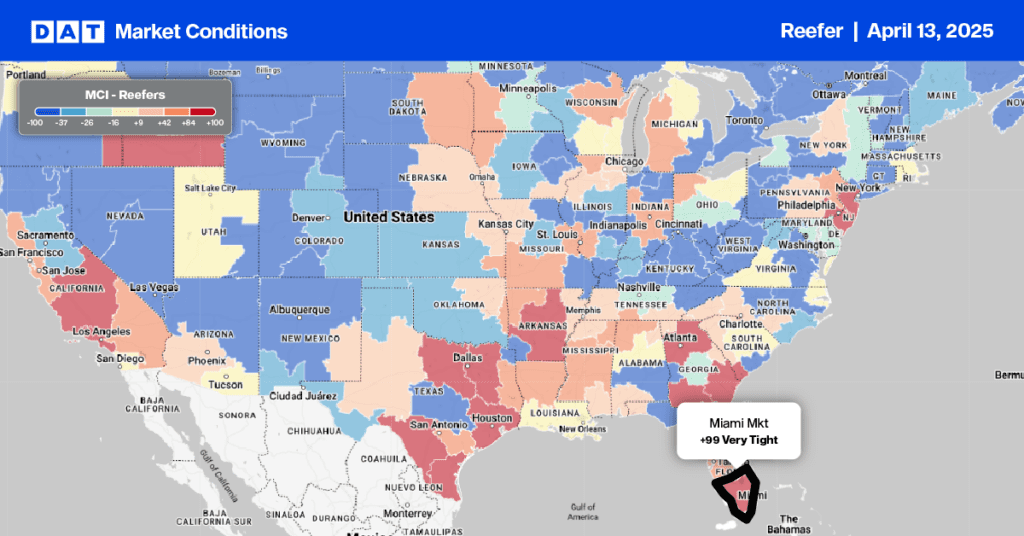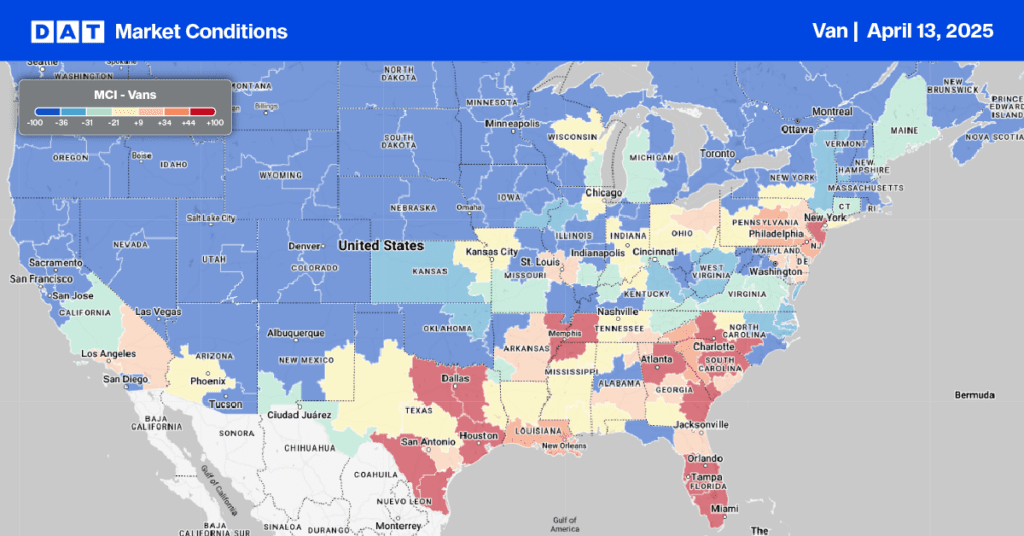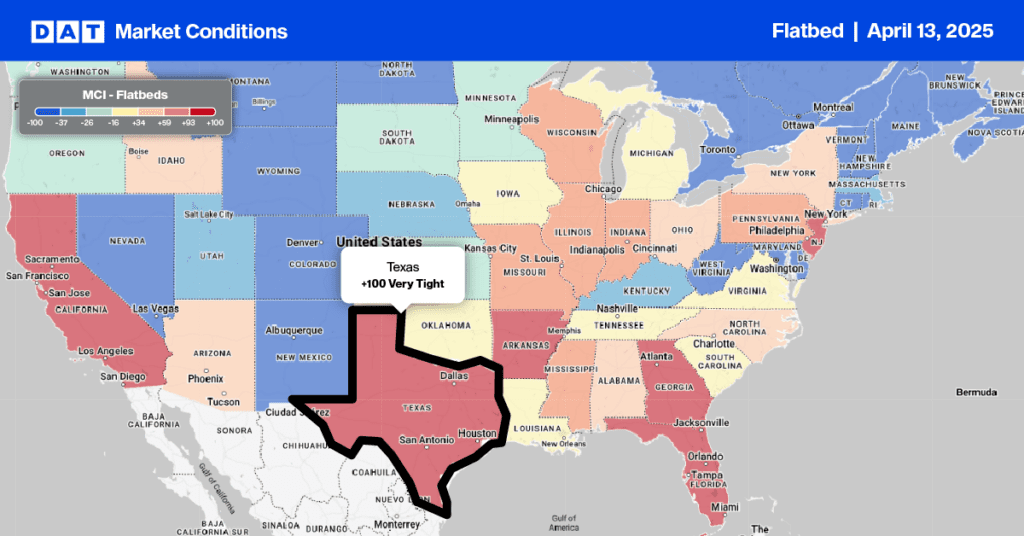DAT, known initially as Dial-A-Truck, began operating 45 years ago, just before the trucking industry deregulation. Until the industry was finally regulated in 1980, the Interstate Commerce Commission (ICC) determined which companies became interstate motor carriers, what they hauled, where they hauled, and the fees they charged to limit trucking’s ability to outcompete the railroads. Carriers had to apply for rights—or authority—to carry goods in the territory where they already did business.
After deregulation, carriers could operate wherever they pleased, creating a need for brokers and shippers to find trucks in many regions through the lower 48 states. Being a solid backhaul region and consumer market (more loads in than out), the Pacific Northwest was a region where carriers were always looking for outbound loads rather than returning empty.
Freight brokers would post loads using handwritten notes on a notice board in the Jubitz Truckstop in north Portland, Oregon, enticing carriers to call them. Remember, in the 70s, we didn’t have iPhones, vehicle tracking, mobile computing, or internet connections. Al Jubitz noticed drivers hanging around his truck stop after the usual meal and shower, hoping to find a load. He started signing up brokers and shippers who needed freight hauled from Portland.
Dial-a-Truck began when “pump jockeys,” as fuel attendants were known in the 70s, would have to run inside the Jubitz truckstop and remove a load from the notice board at the request of the trucker, who was fueling up. Tired of the interruptions, Al Jubitz decided to automate this process using technology and began posting available loads on a monitor at the truck stop, charging drivers a fee for the company’s phone number wanting to move freight.
And so Dial-A-Truck, a subsidiary of the Jubitz Corporation, was launched in 1978. The first Dial-A-Truck monitors were installed at Jubitz Truck Stop in Portland, Oregon. By the 1980s, DAT monitors were located in hundreds of truck stops nationwide, with thousands of truck drivers and shippers subscribing to the load board services.
Almost a half-century later, DAT iQ pricing models utilize $1 trillion in total market transactions across all lanes. It’s the only database like it. The DAT network hosts nearly 400 million van, refrigerated, and flatbed loads annually. The food in your pantry, the clothes in your closet, the appliances in your kitchen, the furniture in your living room—if you have it, a truck brought it, and there’s a good chance that something within reach of you right now was moved by a trucker using our load board.


